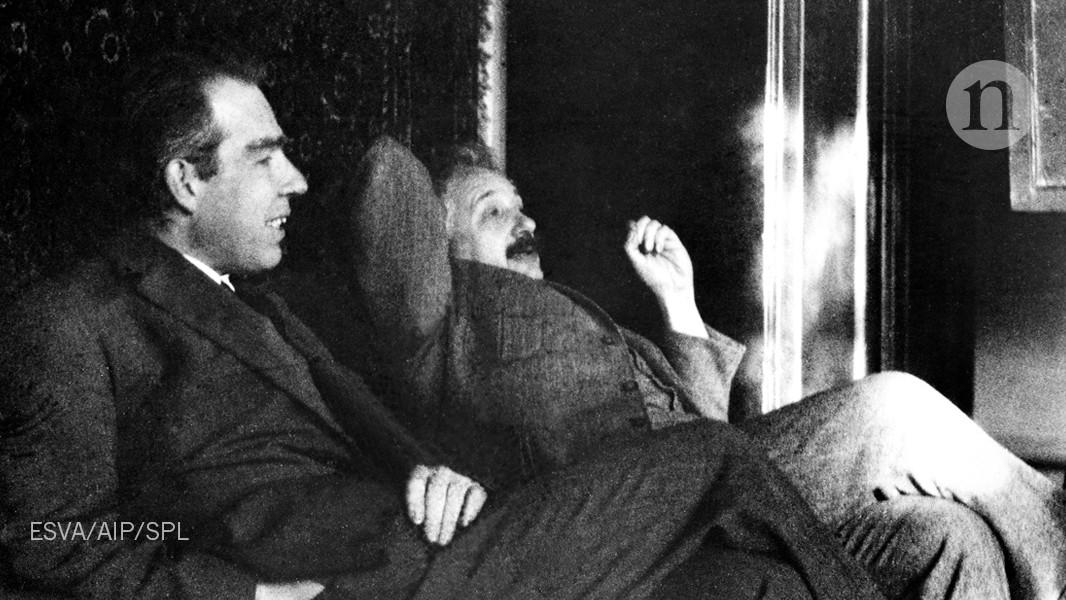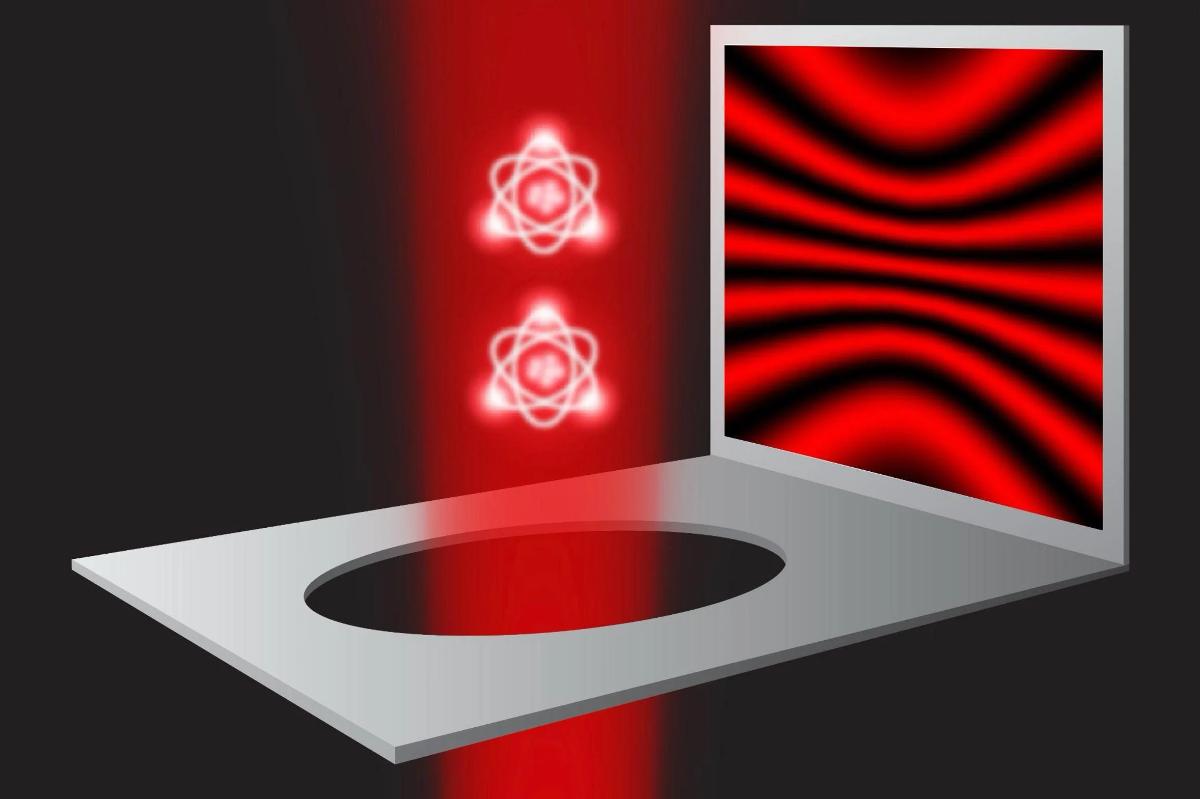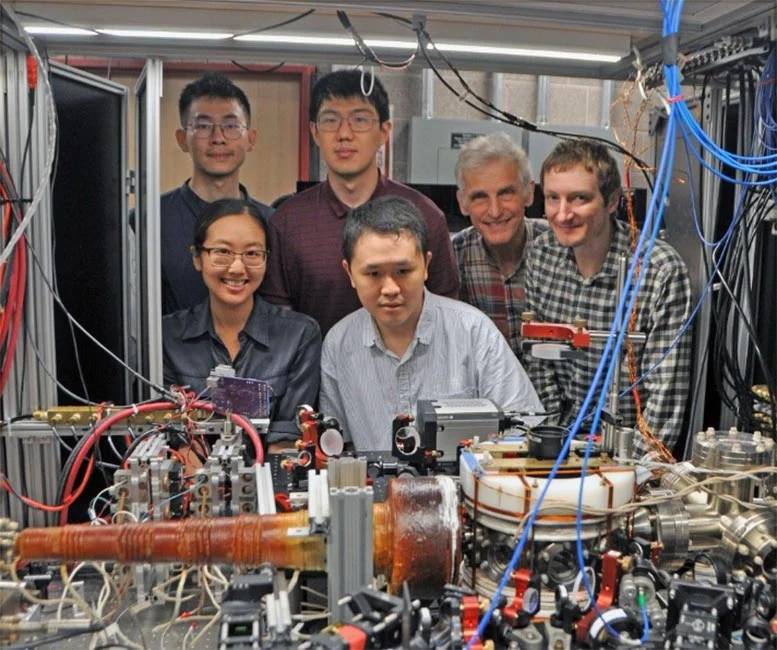In a landmark achievement that settles one of the most profound debates in the history of physics, researchers at the Massachusetts Institute of Technology (MIT) have resolved a century-old scientific standoff between Albert Einstein and Niels Bohr. By constructing the most precise version of the double-slit experiment ever conducted, the MIT team has delivered compelling evidence in favor of Bohr’s interpretation of quantum mechanics decisively challenging Einstein’s long-held objections.
Their results confirm that the fundamental duality of light as both particle and wave, cannot be observed simultaneously, no matter how refined the experiment. In doing so, they’ve not only closed a chapter in the philosophy of quantum science but also reinforced the strange, beautiful logic of quantum reality.

The Roots of the Debate: Light’s Dual Nature
The paradox of light behaving both as a wave and a particle has intrigued physicists for over a century. The classic double-slit experiment, which dates back to Thomas Young’s 1801 demonstration, reveals this duality vividly. Shine light through two narrow slits, and it produces an interference pattern typical of waves. But observe the path of each photon, and the interference vanishes replaced by a distribution consistent with particles.
At the 1927 Solvay Conference, Einstein and Bohr’s opposing views on the implications of this experiment sparked one of the most famous intellectual rivalries in science. Einstein believed there might be a way to “cheat” quantum mechanics by devising a measurement precise enough to observe which slit the photon passed through, yet subtle enough not to destroy the interference pattern. Bohr, invoking the uncertainty principle, firmly argued that the very act of measurement inevitably alters the system, preventing any such dual revelation.
MIT’s Ultra-Precise Quantum Experiment
Now, nearly a century later, the MIT research team led by Nobel laureate Wolfgang Ketterle, has recreated a hyper-controlled version of this thought experiment, using technology Einstein and Bohr could have never imagined. Rather than simple physical slits, they used over 10,000 ultracold atoms suspended in a laser-generated crystal lattice. Each atom functioned as a quantum-scale “slit,” allowing photons to interact individually with them.
Critically, the experiment enabled the scientists to adjust the “quantum fuzziness” of these atoms, their positional uncertainty, mimicking the “springy” support Einstein imagined in his hypothetical apparatus. By tuning this fuzziness, the researchers could control how much information they obtained about the photon's path, thus testing the very core of the Bohr-Einstein disagreement.

The Verdict: Complementarity Confirmed
The experiment’s outcome was as elegant as it was conclusive. As soon as information about a photon’s path was made more certain, the wave-like interference pattern began to dissolve. At the highest levels of which-path knowledge, the interference pattern disappeared entirely. In other words: you can have particle behavior or wave behavior, but not both at once.
Bohr’s principle of complementarity - the idea that wave and particle aspects of quantum systems are mutually exclusive depending on the measurement was upheld in full. Einstein’s theoretical workaround, despite its creativity, was finally proven impossible, even under ideal conditions.
Furthermore, when the atoms were released from their optical traps and allowed to “float” under gravity by removing any spring-like effects and the results remained unchanged. It wasn’t mechanical support or recoil that mattered; it was purely the quantum uncertainty in the atomic positions. The fuzzier the atoms, the less path information available, and the stronger the interference, just as Bohr predicted.
Implications for Physics and Technology
Published in Physical Review Letters, this breakthrough not only resolves a historic theoretical rift but also reinforces the bedrock of modern quantum technologies. The outcome supports fundamental ideas used in quantum computing, cryptography, and precision sensors, and it contributes directly to our understanding of measurement, uncertainty, and the limits of knowledge in the quantum realm.
2025, declared the International Year of Quantum Science and Technology, could not have asked for a more fitting moment: the symbolic closure of a debate that has shaped the field for generations.
Wolfgang Ketterle summed up the feat with humility and historical perspective:
“Einstein and Bohr would have never thought that this is possible to perform such an experiment with single atoms and single photons.”
Indeed, what was once an abstract thought experiment has become a tangible demonstration of nature’s deepest laws. In settling this legendary debate, MIT's team hasn’t just answered a century-old question, they’ve demonstrated the extraordinary power of human curiosity and ingenuity in deciphering the quantum code of the universe.


Discussion
1 comment
...
Amazing!!